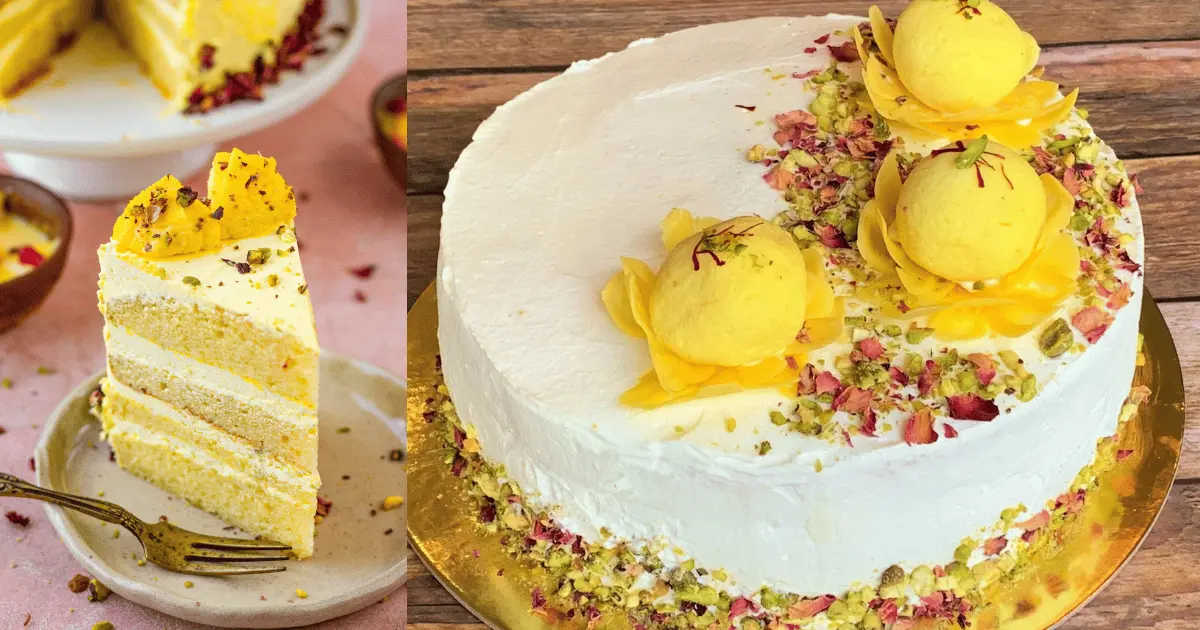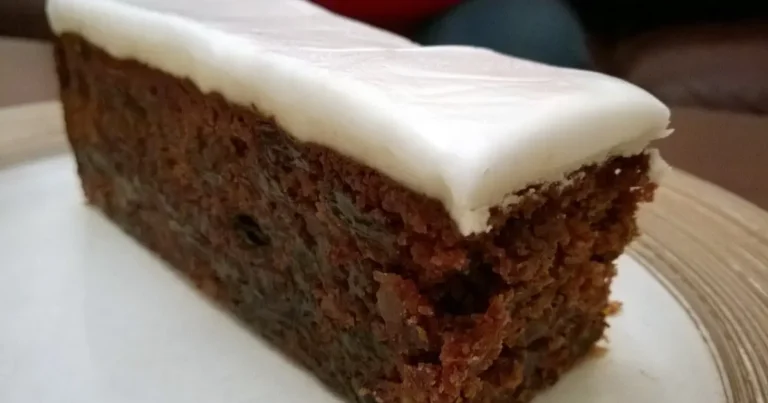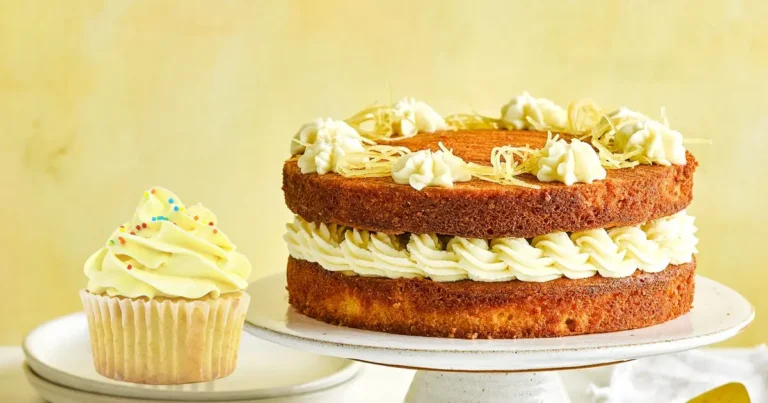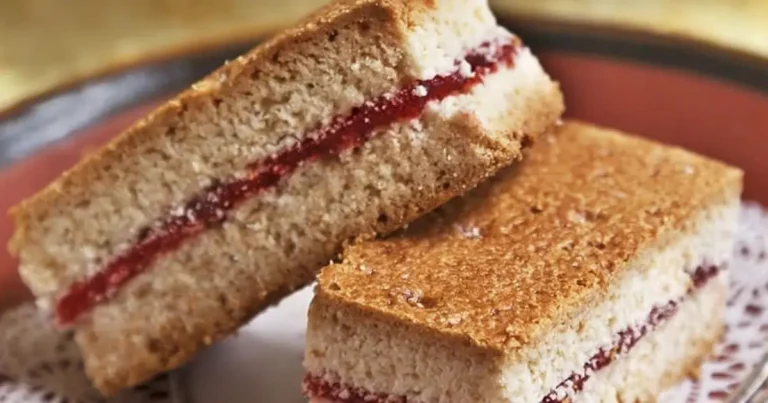Rasmalai Cake Recipe: A Delightful Fusion of Traditions
Introduction
Definition of Rasmalai Cake
Rasmalai Cake is derived from India’s popular Rasmalai but has the culinary elements and presentation style of a cake in the respective Western world. This superb delight is a sponge cake soaked in sweetened milk or ‘ras’, with paneer cheese balls ‘malai’ flavoured with cardamom and saffron.
Origin and History
Rasmalai is an appealing Indian milk-based dessert originating from Bengal region characterized with creamy and aromatic tastes. The Rasmalai Cake on the other hand is relatively a modern creation in comparison to the other fusion foods. Taking the Indian sweets and merging it with the western way of preparing the Rasmalai Cake quickly became famous, thus popular in multicultural area.
Ingredients for Rasmalai Cake recipe
Essential Components
To make a delicious Rasmalai Cake, you will need the following ingredients:
- For the Rasmalai:
- Whole milk
- Lemon juice or vinegar
- Sugar
- Water
- Saffron strands
- Cardamom powder
- Chopped nuts (almonds, pistachios)
- For the Cake:
- All-purpose flour
- Baking powder
- Baking soda
- Butter
- Sugar
- Eggs (or egg substitutes)
- Milk
- Vanilla extract
Optional Additions
You can also upload flavors like rose water, kewra water, or a hint of orange zest to decorate the flavor. Food coloring may be used for a extra vibrant look.
Preparing the Rasmalai
Making the Chhena (Paneer)
- Boil Milk: Start by boiling whole milk. Once it reaches a boil, add lemon juice or vinegar to curdle the milk.
- Strain: Strain the curdled milk via a muslin fabric to break up the chhena (paneer).
- Knead: Knead the chhena till it becomes easy and pliable. Form it into small, round balls.
Preparing the Ras (Syrup)
- Boil Water and Sugar: In a large pot, boil water and sugar to make a syrup.
- Cook Chhena Balls: Add the chhena balls to the boiling syrup and cook until they expand and soak up the syrup.
- Flavor the Syrup: Add saffron strands and cardamom powder to the syrup for flavor.
Baking the Cake Base
Choosing the Right Flour
For a fluffy and moist cake, use all-purpose flour. Ensure it’s sifted to remove any lumps.
Step-by-Step Baking Guide
- Preheat Oven: Preheat your oven to 350°F (175°C).
- Mix Dry Ingredients: In a bowl, combine flour, baking powder, and baking soda.
- Cream Butter and Sugar: Cream butter and sugar in another bowl until light and fluffy.
- Add Eggs: Add eggs one at a time, beating well after each addition.
- Combine Ingredients: Gradually add the dry ingredients to the butter mixture, alternating with milk. Mix until smooth.
- Bake: Pour the batter into a greased cake tin and bake for 25-30 minutes or until a toothpick inserted into the center comes out clean.
Combining Rasmalai with Cake
Assembling the Layers
- Cool the Cake: Allow the cake to cool completely before slicing it into layers.
- Layer with Rasmalai: Place a cake layer on a serving plate, top with Rasmalai (squeeze out excess syrup), and repeat with additional layers.
Soaking the Cake
Pour the flavored milk syrup over the assembled cake layers, allowing it to soak in and infuse the cake with the rich flavors of Rasmalai.
Decorating the Rasmalai Cake
Frosting Options
You can use whipped cream, buttercream, or cream cheese frosting for the frosting. I chose to whip cream without adding quite a few sugars, as this complements the Rasmalai flavors without traumatizing the balance of the flavors.
Garnishing Ideas
Sprinkle the nuts and place a flower petal, or a string of saffron on top of the dessert for proximate appeal. One can also pour some of the remaining syrup over the pancake.
Types and Variations
Classic Rasmalai Cake
The classic version sticks to the traditional flavors of saffron and cardamom, with layers of soft sponge cake and creamy Rasmalai balls.
Modern Twists and Innovations
Modern bakers have introduced various twists to the Rasmalai Cake, including chocolate-infused versions, fruit-flavored layers, and even Rasmalai cupcakes for individual servings.
Regional Variations
Different regions have their own take on this fusion dessert. Some might incorporate local flavors such as rose water or mango puree, adding a unique twist to the traditional recipe.
Nutritional chart for Rasmalai Cake
Here’s a table showing the nutritional information for a typical slice of Rasmalai Cake, focusing on calories:
| Nutrient | Amount per Slice (approx. 100g) |
|---|---|
| Calories | 250 |
| Total Fat | 12g |
| Saturated Fat | 7g |
| Trans Fat | 0.5g |
| Cholesterol | 40mg |
| Sodium | 150mg |
| Total Carbohydrates | 30g |
| Dietary Fiber | 1g |
| Sugars | 20g |
| Protein | 6g |
| Vitamin A | 5% of Daily Value (DV) |
| Vitamin C | 2% of DV |
| Calcium | 15% of DV |
| Iron | 4% of DV |
This is a general estimate and can vary based on the specific recipe
Cultural Significance
Rasmalai Cake in Indian Festivals
Rasmalai Cake has been place among the Indian festivals and special and more importance has been given Diwali and Holi because sweets are the main part of these festivals.
Symbolism and Traditions
TThe dessert symbolizes the fusion of tradition and modernity, representing how culinary traditions can evolve while preserving their roots.
Global Adaptations
In the us, UK and Canada, Rasmalai Cake is a commonplace item in menus of Indian restaurants and bakeries, which testifies to the reality that Indian food is a part of a international trend.
Conclusion
Summary of Key Points
Rasmalai Cake is a lovely fusion dessert that combines the tremendous of Indian and Western culinary traditions. Its wealthy flavors, specific texture, and delightful presentation make it a fave for unique occasions.
Encouragement to Try Making It at Home
With its detailed preparation process and the possibility for creative variations, making Rasmalai Cake at home can be a rewarding culinary adventure. Give it a try and enjoy the delicious results!






